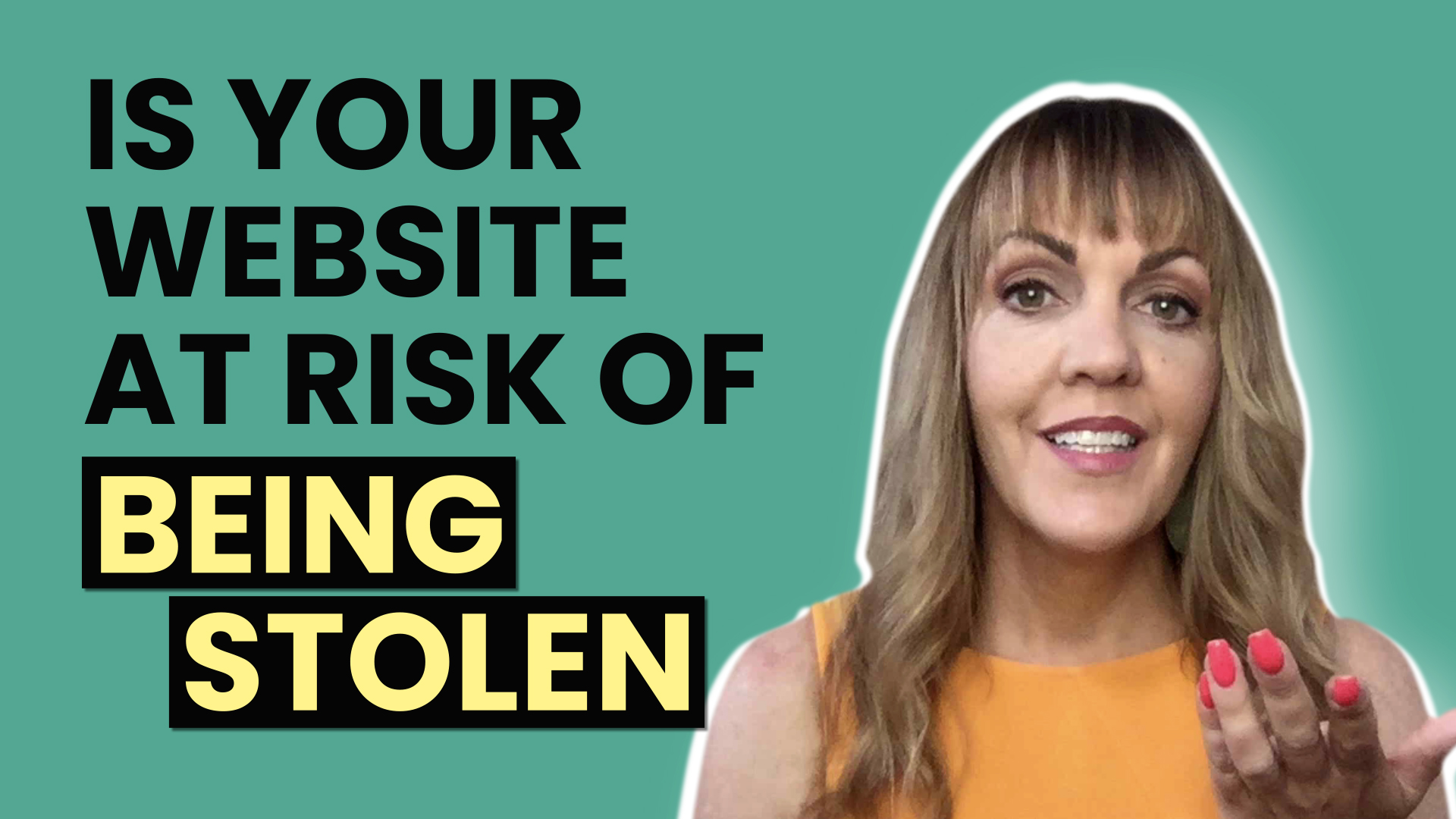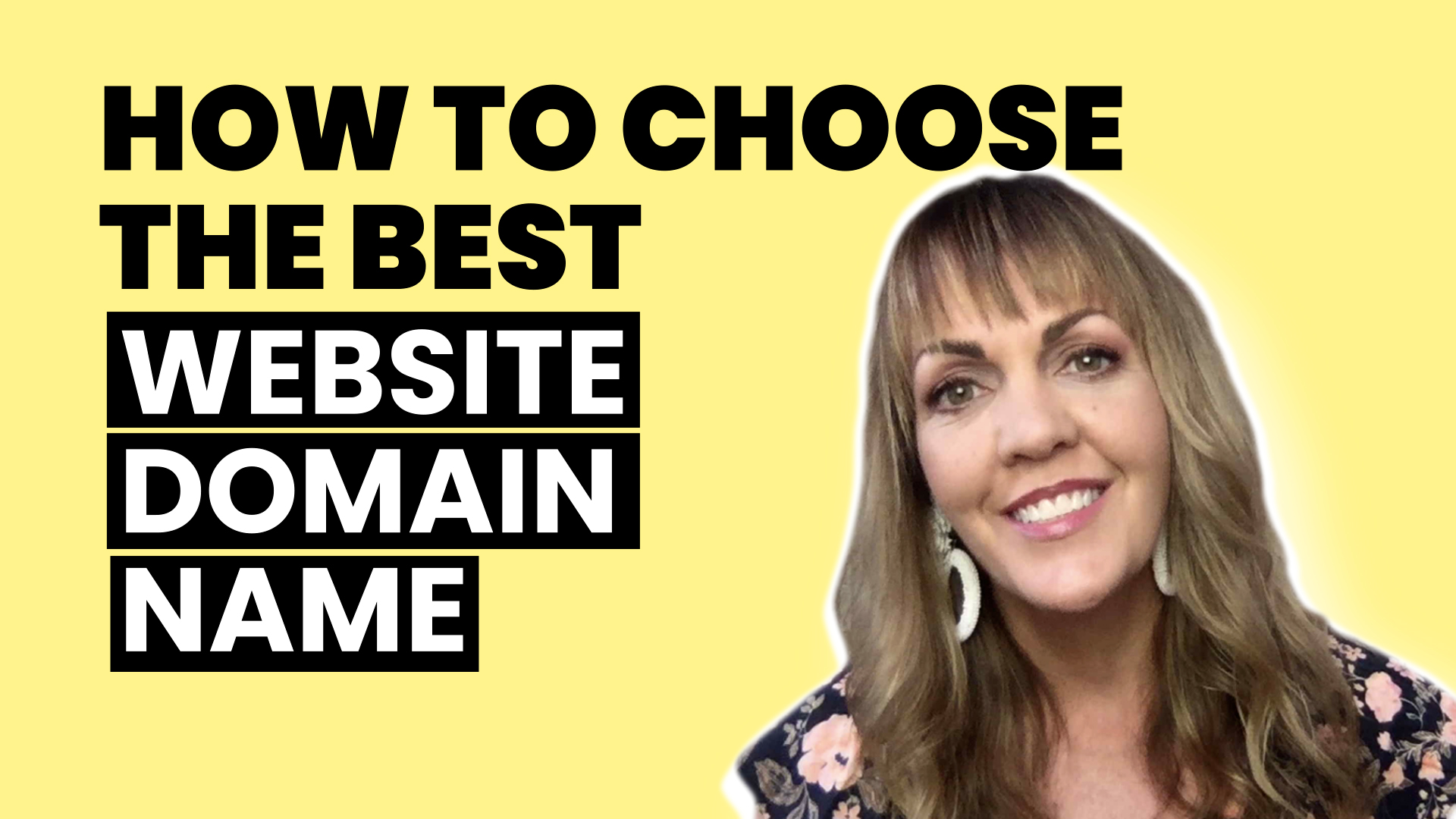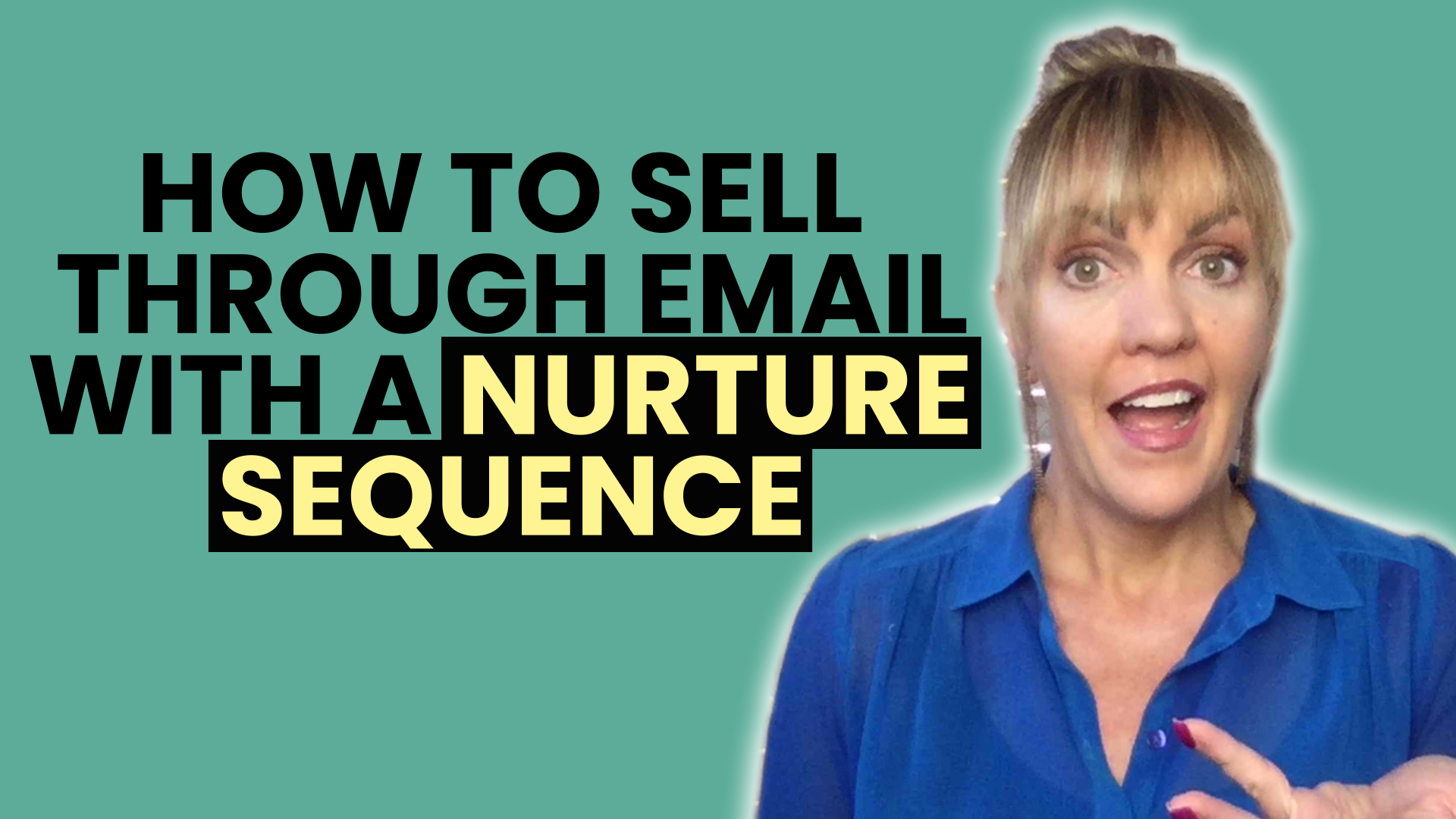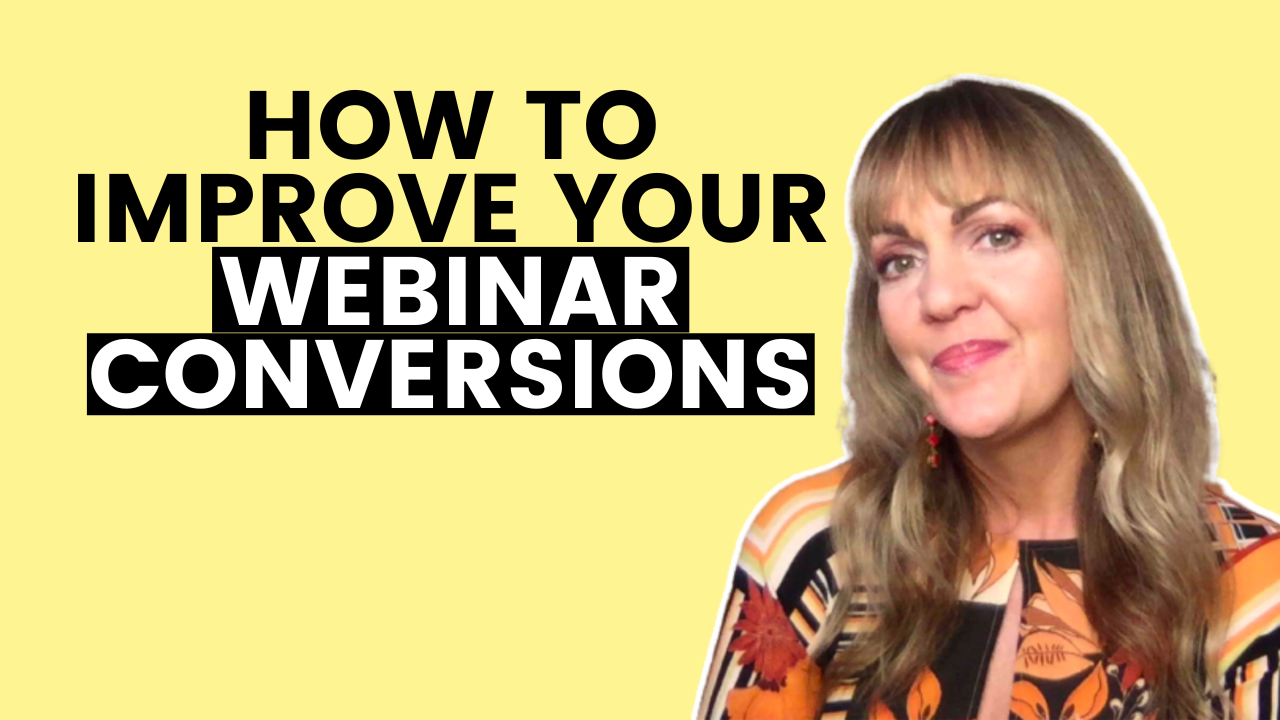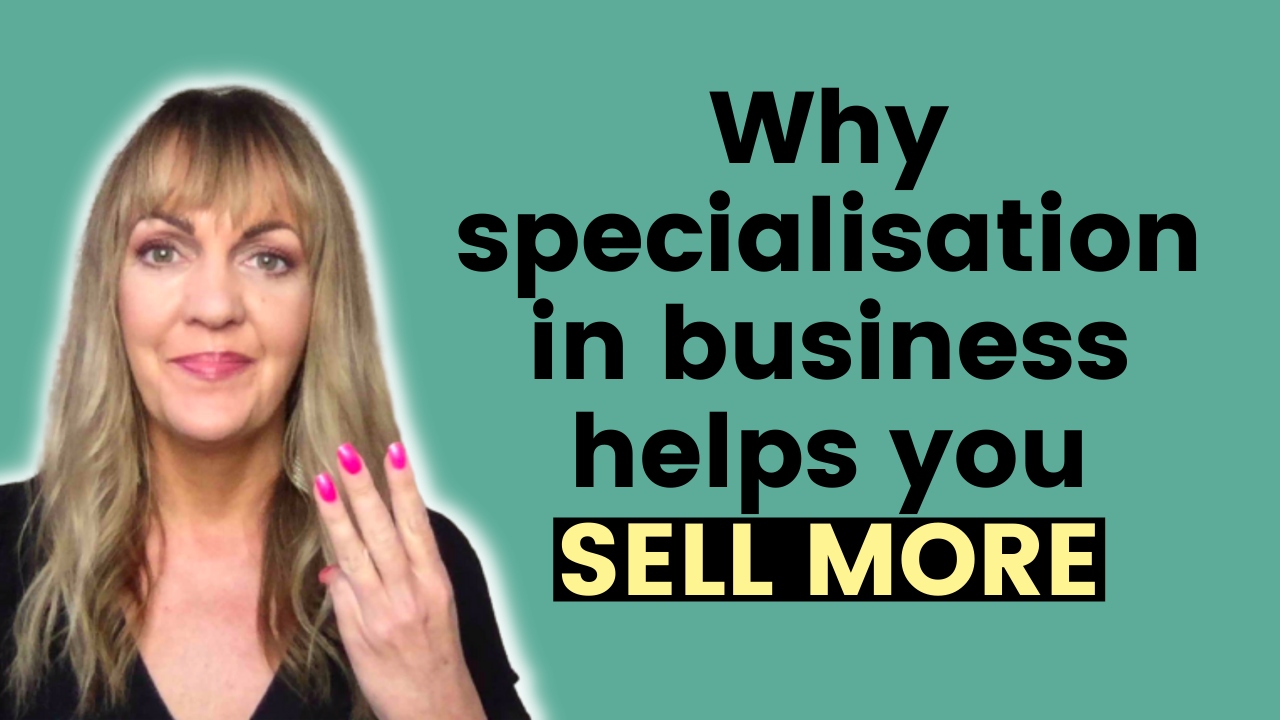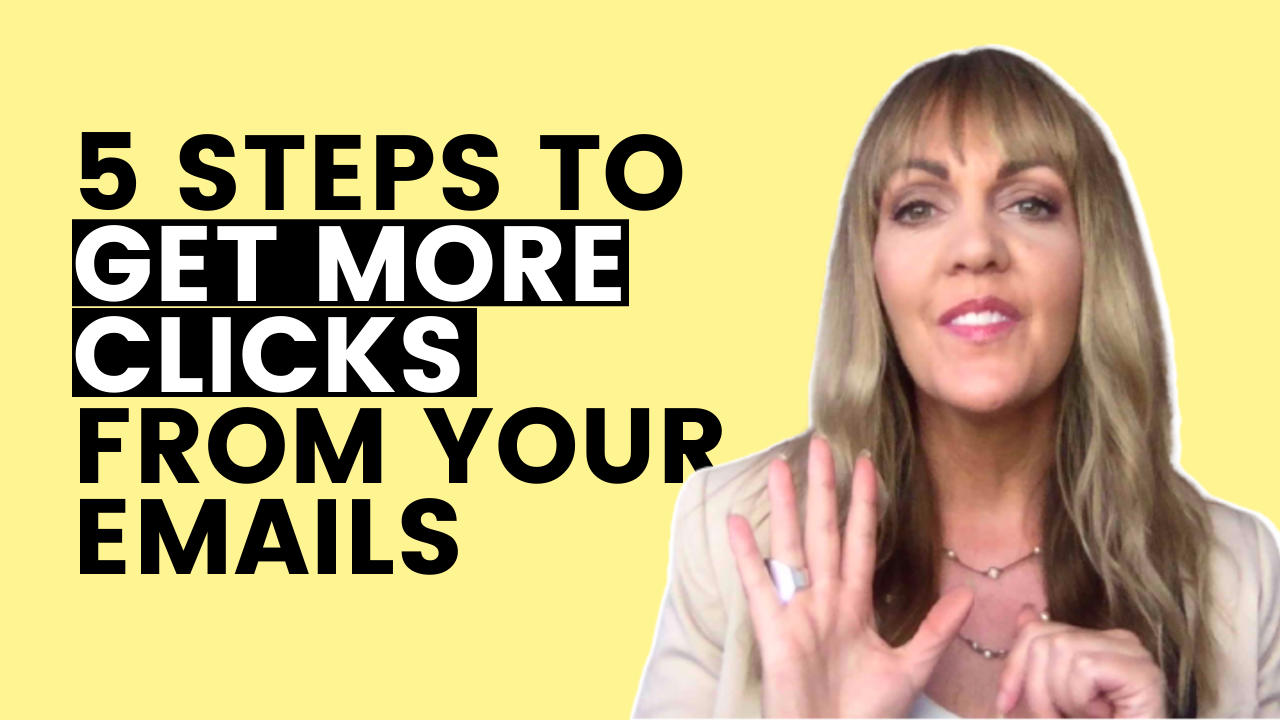Episode 92 Transcript
Heather (00:04.816)
Welcome to episode 92. In my early 20s, I ran a company back in San Diego called 911 Art. Now, obviously in the States, 911 is the equivalent of triple zero here in Australia. So emergency, emergency art, 911 Art. Now I did this whilst I was attending uni. So I was going to San Diego State University and also...
when I left university, started working for Tony Robbins, I was still running this company with my partner at the time. Now with 9 -1 -1 Art, what we would do is we produce art, fashion, and music events throughout San Diego in various venues, from nightclubs to coffee shops to tattoo parlors to, I'm trying to think, there's just so many, oh, to a hair salon. Really cool.
really amazing venues that we would produce these shows in. So I recently interviewed a guy named Rick Martinez, which you're going to meet in a couple of episodes coming forward and really amazing, like astoundingly incredible show by the way. So you have to make sure you subscribe if you're not already subscribed so you don't miss it coming up. So Rick and I were speaking and from our conversation together,
it got me thinking to something specifically when I was running my business, 911 Art at the time. And I wanted to share that with you guys as well. So let me paint the scene. So here's what we used to do. So we basically would organize these events and the art was at the crux of what we did. Although we would bring in DJs into the venues, we would bring in fashion parades. So we had an arrangement with a fashion college.
and we'd bring in the students' work or recent grads to show off their work, whether it's standing mannequin models, like actual real people or fashion parades. So we'd bring in bands as well. One time we brought Corey Feldman's band from LA. Yes, the guy from like back in the day by Stand By Me and Lost Boys and all that, Corey Feldman, and brought his band in. And so we'd have bands, all sorts of interesting entertainment. And, but the art though, was really the core of what we did.
Heather (02:27.792)
So what we would do for these shows is we would organize a venue, like I said, in really interesting, diverse venues. And then we would print postcards. So yes, guys, this was back in the day before you had social media, email marketing, all of that. It was old school marketing. So we would basically design these postcards and then we would, we had a printer that we would always go to and then they print the postcards.
Then what we would do is we would drop them all over San Diego. So we would go to coffee shops where they'd have like sort of their magazines area and different community bulletin boards and things like that. And we would leave a stack of these cards in coffee shops, in restaurants, in hair salons, in the venues we were going to be doing the shows in. And we would basically also sometimes hand them out to, we had little promoters that worked with us. In a previous episode, I spoke about something called the
primary idea where we had three women dressed up in primary colors. And sometimes for the bigger shows, they would go out and hand these postcards out to people. So that was our marketing was essentially really incredible little printed color postcards that we'd spread all over town. So we had that. I was the fashion editor in a magazine at the time as well, very small magazine called Revolt in Style. And from time to time, because I did that,
I would get like a little ad or a little area and the local magazine to promote my shows as well. So that would happen. That's the marketing rights. We'd organize the venue. We would do all the marketing in this way off of our own money, you know, print the postcards, our time, distribute them. We would then take photos of the art for our website. Guys, this is where I started websites. So I was working for Tony Robbins and I was running that intranet, like the internal company website. And I learned something called
Dreamweaver, which was an old school way of building websites. And then because I learned that I built our own website for 911art .com. And we had that up and then we'd take photos of the artists work and then put it up on our website. We'd build a page just for them. So we had that. We would then pick up the art for the shows. If the artists couldn't get the art there, some of the pieces were too big or the artists would drop off the art to be hung in the show. So normally we would have.
Heather (04:46.8)
one to three of each of their pieces. So we sort of had this community of, I don't know, 15 to 25 artists at any time where we would collaborate and bring their work together. We would then hang the work in the venue. So we'd be absolutely exhausted, my partner and I, we'd be hanging the work on the walls. We would then have to run the whole show and the event and the network and then be there to take it down at the end or the next day. So we did all of this.
in the hopes of making a sale of the artwork and getting a commission. Now, we would have these occasional meetings with artists that we promoted essentially. And we would do that to sort of see if they had new work coming up in their pipeline to talk about the latest events that we had coming up just to get them postcards to promote their own shows, which they rarely did, by the way, they would rarely promote their own shows. And we're sitting there, you know,
Excited about the show coming up and then one of the artists at the meeting says to us I am not happy with you taking a percentage of sales At the time I recall that we took 10 % Just to give you an idea of the arts that we promoted it was called lowbrow Which was kind of an underground funkier type of art like found object collages. Yes some gorgeous paintings as
Now we would sell the art on average from $200 to $800 a piece. So you can imagine and rarely sold work as well. So we really, I mean, I never made any money in that business. I would fund it off of my salary that I earned from Tony Robbins. And we would take cover door charges at certain clubs or venues that we would have events at. We could charge a cover at the door and take a cut of that as well. Cause we were bringing in people to.
existing venues that they let us take a cover charge. But yeah, not a lot of money to be made, but a hell of a lot of work, a lot of work. You can imagine just some what I said. And we did events on average every two months around the town of San Diego. So when I interviewed Rick, he mentioned something similar happened to him with his team. And it immediately took me back to that moment.
Heather (07:09.84)
So got me thinking about a couple of things. Abundance versus scarcity mindset. Have you guys heard of that? I'm sure you probably have abundance versus scarcity mindset. Oftentimes we talk about that in terms of competitors, you so you think about your competitors all the time and all the time and you're kind of in a scarcity mindset rather than thinking there's enough to go around and the right client will find you at the right time. It also got me thinking around
the option of doing everything yourself or collaborating. So I have a question for you around that. Would you rather have a bigger piece of a small pie or a smaller piece in a bigger pie? Hmm. I suppose it depends on how big the pie is, right? It's a different way of thinking.
In my business, one of our most important channels for growth are our referral partnerships and relationships, hands down the most important. And some take a percentage. And guys, I am perfectly happy about that. Beyond happy because then we have a really great win -win relationship. And I would have never had the ability to service that client had it not been for the person that introduced the two of us together.
So what about you? How do you define a win -win relationship in your business with suppliers, with clients, with potential referral partners? Interesting to ask and think about, right? Cause mindset around this can mean everything. All right, you guys, thanks for listening to my little 911 story, my little memory from the past, and I will talk to you really soon. Thanks, bye.
